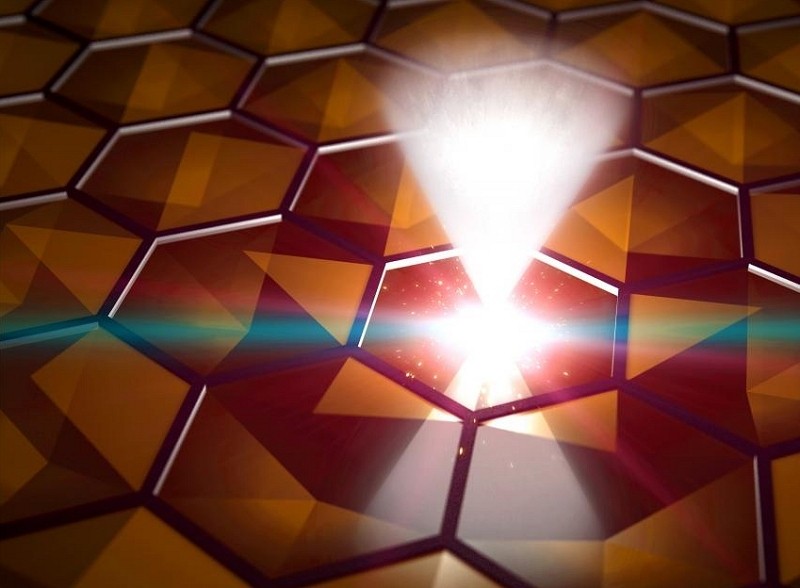Scientists and electronics enthusiasts alike have been singing the praises of graphene for years as a viable replacement to today's silicon. But thus far, it's been slow to become a commercial reality due to the fact that it only works in two dimensions which makes it hard to use when building complex hardware.
To that end, researchers from Oxford, Stanford and the Lawrence Berkeley National Laboratory have crafted a new material called cadmium arsenide which they claim has the same extraordinary electronic properties as 2D graphene but in a sturdy 3D form.
Cadmium arsenide features a 3D crystal structure. Not only does this make it easier to build complex hardware, it's also easier to grow and work with. Zhongkai Liu, the first author of a paper on the matter, said the environmental stability of cadmium arsenide allows them to explore it very systematically and makes it easier to study.
Multiple samples were created and sent to the Diamond Light Source in the United Kingdom and Berkeley Lab's Advanced Light Source for testing. The results from all testing suggests the new material does indeed behave just as a 3D version of graphene would.
Project lead Yulin Chen from the University of Oxford said the team thinks this family of materials can be a good candidate for everyday use. What's more, they are working with theorists to see if there are even better materials out there.
